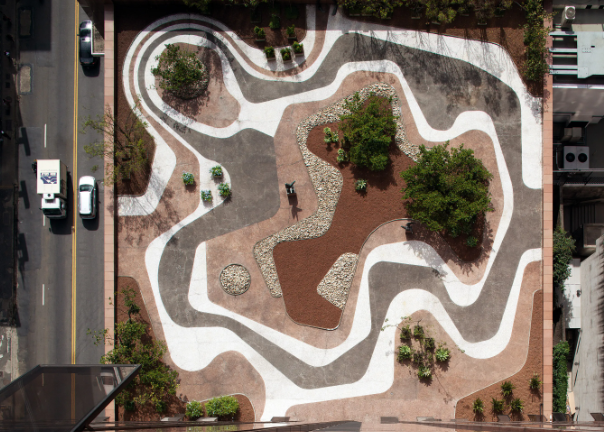Burle Marx: The Visionary Architect Who Transformed Landscape Design
Burle Marx is a name synonymous with landscape architecture. Known for his innovative designs and vibrant use of native plants, Burle Marx played a pivotal role in shaping the aesthetics of public spaces in Brazil and beyond. His work continues to influence designers and architects around the world, making this topic not only relevant but essential for anyone interested in architecture, design, and sustainability.
The Artistic Vision of Burle Marx
Burle Marx was more than just a landscape architect; he was an artist at heart. He understood the importance of integrating art and nature, often incorporating bold colors and organic shapes into his designs. His work at the renowned Copan Building in São Paulo exemplifies this philosophy, where he created gardens that serve as both an oasis and a visual delight for residents. By marrying natural elements with architectural frameworks, he redefined the role of landscapes in urban settings, focusing on how they enhance the quality of life for those who experience them.
Sustainability and Native Flora
One of Burle Marx’s lasting legacies is his advocacy for native flora in landscape design. He believed that using local plant species not only promotes biodiversity but also fosters a sense of place. His designs often featured plants that thrived in their natural environments, thus requiring less maintenance and water. This approach has gained attention in today’s landscape architecture, where sustainability has become a key focus. By prioritizing ecological balance, Burle Marx set a standard that many contemporary architects strive to emulate, encouraging us to rethink our own practices in constructing and maintaining outdoor spaces.
Influence Beyond Brazil
While Burle Marx is a national treasure in Brazil, his influence extends far beyond its borders. His work has inspired landscape architects globally, with projects such as the Gardens of the United Nations in New York and the landscaping of the Panama Canal demonstrating his universal appeal. His innovative techniques and designs have encouraged cities worldwide to incorporate green spaces that prioritize accessibility and enjoyment. As urban centers grow, the principles that Burle Marx championed remind us of the essential role nature plays in our lives, urging communities to make space for green areas that contribute to mental and physical well-being.
In conclusion, Burle Marx’s contributions to architecture and landscape design have left an indelible mark on the world. His artistic vision, commitment to sustainability, and global influence continue to inspire current and future generations of architects. If you’re passionate about design, nature, or urban planning, exploring Burle Marx’s work can provide valuable insights and inspiration. Dive deeper into his legacy; you might just find new ideas that resonate with your own creative journey.

